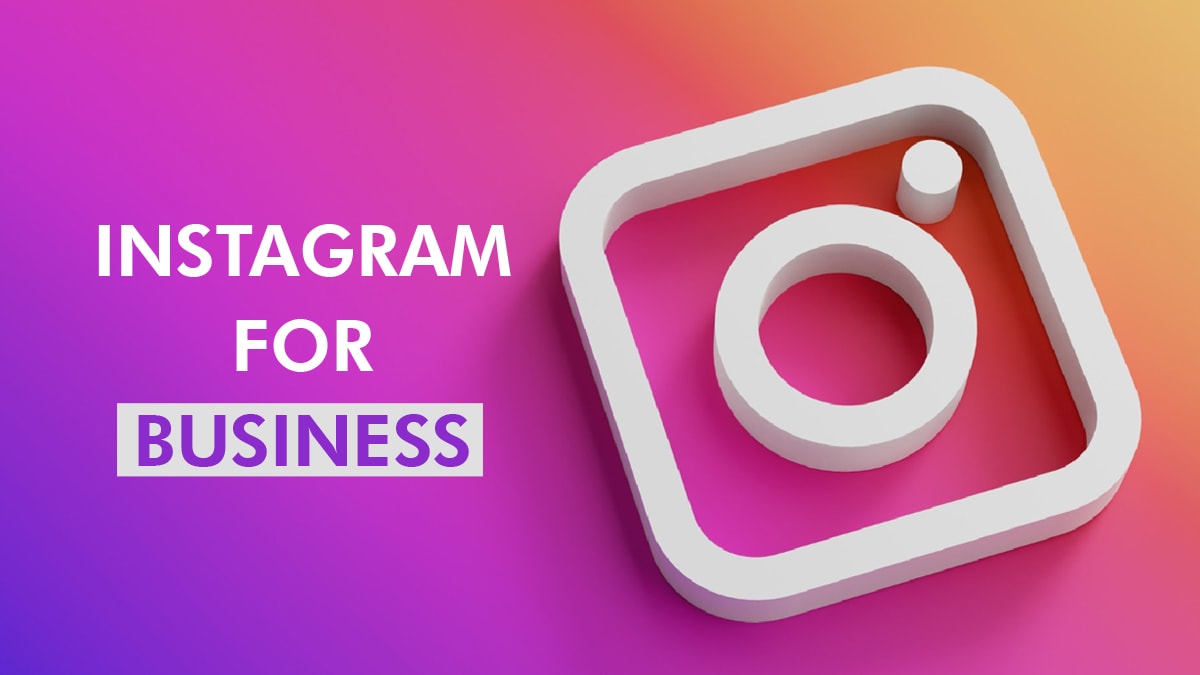Starting an Instagram business is no longer just for influencers or large brands. Small businesses, solo creators, and service providers now use Instagram as a primary channel to attract customers, build trust, and generate income. The platform combines visual storytelling with direct communication, making it especially powerful for early-stage businesses. However, success does not come from posting randomly or copying trends blindly.
Building an Instagram business requires structure, planning, and an understanding of how different pieces fit together. From setting up the account correctly to handling legal and tax considerations, each step matters. When approached methodically, Instagram becomes more than a social platform—it becomes a business asset. This guide walks through each stage clearly, focusing on long-term sustainability rather than shortcuts.
Why Instagram Works for Business

Instagram works for business because it blends discovery, engagement, and conversion in a single ecosystem. Users actively explore content, follow brands they trust, and interact directly through comments and messages. This behavior creates natural opportunities for businesses to build relationships before selling anything. Unlike many platforms, Instagram supports both brand awareness and direct response.
The visual nature of Instagram also lowers barriers for storytelling. Products, services, and values can be communicated through images and short videos without complex production. This makes it accessible for new businesses with limited resources. Over time, consistent visuals help audiences recognize and remember a brand.
A strong aesthetic plays a key role in first impressions. Visual elements like window boxes demonstrate how small design choices can elevate content without heavy investment. These details help a new business appear polished and intentional from the start.
Setting the Foundation
Every successful Instagram business starts with a solid foundation. This foundation includes clarity around purpose, audience, and positioning. Without it, content feels scattered and growth becomes unpredictable. Taking time to define these elements early saves effort later.
Foundation work also helps align expectations. Many people start Instagram businesses assuming quick results, but consistency and clarity matter more than speed. A well-defined base supports steady progress rather than short-lived spikes. This mindset reduces frustration and burnout.
Laying the groundwork also makes future decisions easier. When goals and identity are clear, content choices become more intuitive. This clarity carries through every stage of growth.
Defining Your Niche
Defining a niche is about choosing who the business serves and why. A clear niche helps content resonate with a specific audience rather than trying to appeal to everyone. Focused messaging builds stronger trust. Trust drives engagement and conversion.
A niche does not have to be narrow, but it must be intentional. It should align with skills, interests, and market demand. Businesses that try to serve everyone often struggle to stand out. Clear positioning improves discoverability and relevance.
Understanding how content fits into a broader strategy matters here. Insights from a social email guide show how niche clarity supports cross-channel consistency. When Instagram content aligns with other platforms, growth becomes more sustainable.
Creating the Account
Creating the Instagram account is a technical step, but it has strategic implications. Choosing the right account type ensures access to business features like analytics and shopping tools. These features are essential for tracking progress and optimizing performance. Starting correctly avoids future complications.
The setup process should be intentional rather than rushed. Account details, security settings, and recovery options matter. These elements protect the business as it grows. Proper setup also signals professionalism.
Understanding how to create Instagram login ensures the account is configured securely from day one. Secure access prevents disruptions that could stall early momentum.
Profile Setup Basics
Profile setup shapes first impressions more than any single post. Bio text, profile image, and highlights communicate what the business offers immediately. Visitors often decide whether to follow within seconds. Clear messaging matters.
The bio should be concise but informative. Knowing the character limit helps structure information without clutter. Every word should serve a purpose. Strong bios reduce confusion and increase follows.
Profile links also play a role in conversion. Using a link in bio tool simplifies directing traffic to multiple destinations. This setup supports both discovery and action.
Building a Consistent Content System
A content system turns ideas into repeatable output. Without a system, posting becomes stressful and inconsistent. Consistency matters more than volume on Instagram. A system supports regular publishing without burnout.
Content systems include planning, creation, and review processes. These processes make it easier to maintain quality over time. They also support delegation as the business grows. Structure enables scalability.
Tools designed for creators help streamline this workflow. Resources like tools for creators highlight how planning and production become more efficient with the right setup. Efficiency frees time for strategy and engagement.
Understanding Reach and Visibility
Reach and visibility depend on how Instagram’s systems interpret content. Algorithms prioritize relevance, engagement, and consistency. Understanding these factors helps businesses work with the platform rather than against it. Guesswork leads to inconsistent results.
Visibility is influenced by early engagement. Posts that receive interaction shortly after publishing often perform better. Timing, format, and audience alignment all matter. Strategy replaces randomness.
Learning about Instagram algorithm behavior clarifies why some posts succeed while others do not. This knowledge supports smarter experimentation and adjustment over time.
Connecting Instagram to Your Website
Instagram works best when connected to a broader digital presence. Websites provide depth that social platforms cannot. They host detailed information, checkout systems, and long-form content. Instagram acts as the gateway.
Connecting Instagram to a website improves credibility. Users often look for external validation before purchasing or inquiring. A well-structured site reassures visitors. This connection strengthens trust.
Integrated strategies also support conversion tracking. Traffic from Instagram can be measured and optimized. Over time, this data informs better content and offers.
Turning an Account Into a Business
Turning an Instagram account into a business involves more than monetization. It requires legal structure, financial planning, and compliance awareness. Treating Instagram as a business asset protects growth. Professionalism supports longevity.
Formalizing the business also opens opportunities. Partnerships, payments, and collaborations often require legal entities. Preparation prevents delays. Early organization reduces risk.
Choosing a structure like a Limited Liability Company (LLC) separates personal and business liabilities. This separation is essential as revenue grows.
Managing Taxes and Compliance

Taxes and compliance are often overlooked early on. However, ignoring them creates problems later. Understanding obligations supports peace of mind. Preparation reduces stress.
Businesses may need identifiers like an Employer Identification Number (EIN). This number is often required for banking and tax filing. Obtaining it early simplifies administration.
State-specific rules also apply. Learning the Requirements to form an LLC in Arizona clarifies local obligations. Having a registered agent ensures legal documents are handled properly. Tools to estimate 1099 taxes help plan cash flow responsibly.
Educational resources like LLC University provide structured guidance for new business owners. Knowledge supports confident decision-making.
Conclusion
Starting an Instagram business is a structured process rather than a spontaneous leap. Each step, from niche definition to legal setup, contributes to long-term success. Instagram rewards clarity, consistency, and intentional action more than shortcuts. Businesses that build strong foundations adapt more easily as the platform evolves.
Approaching Instagram with a business mindset transforms how results are achieved. Instead of chasing trends, creators focus on systems, strategy, and sustainability. Over time, this approach builds trust, revenue, and resilience. An Instagram business started thoughtfully becomes an asset rather than a gamble.



